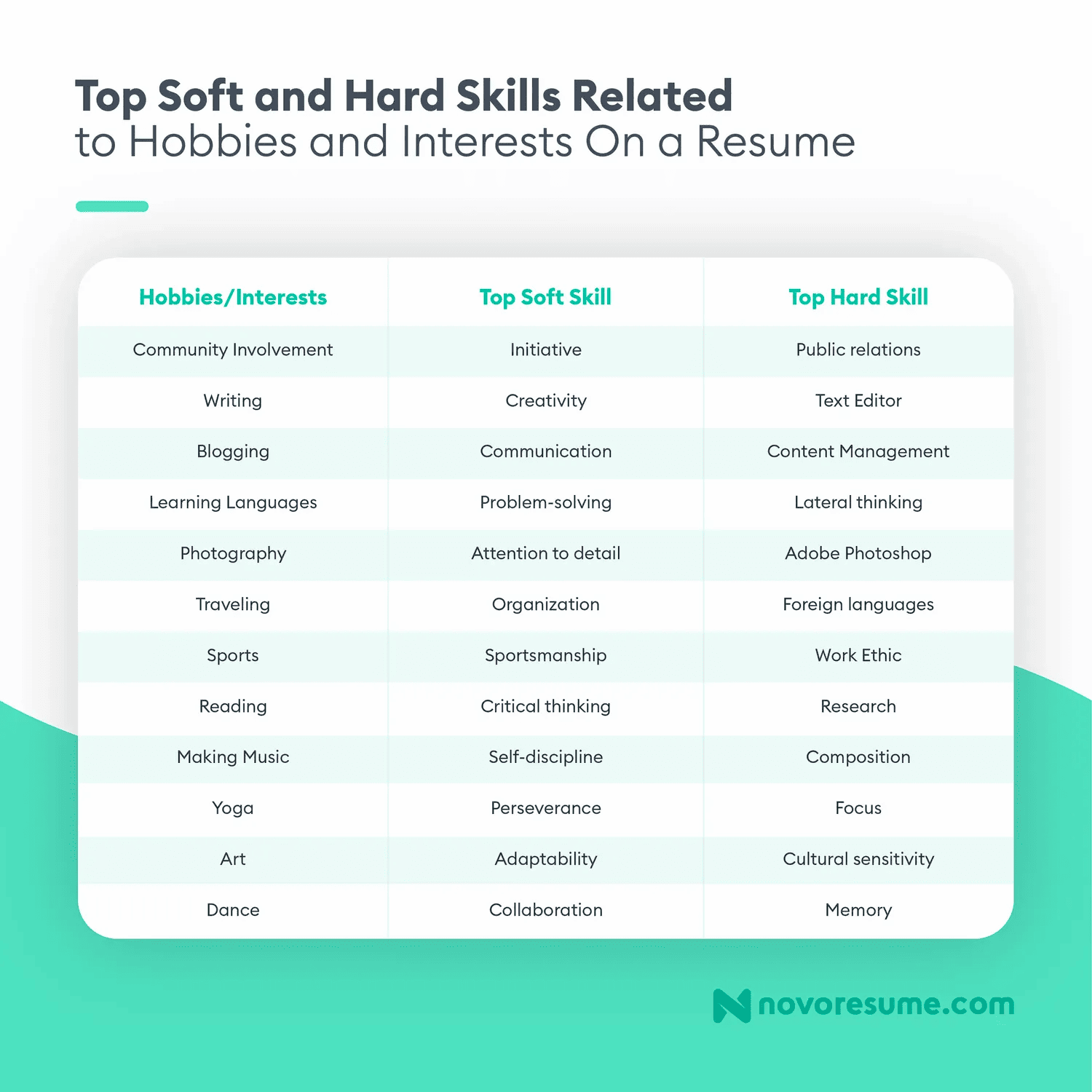This article explores Gear Acquisition Syndrome (GAS), emphasizing the importance of skill development over material accumulation in hobbies. It discusses the impacts of GAS, practical strategies for improving skills without new gear, and tips for maintaining focus on hobbies. The piece also highlights success stories of individuals thriving without excessive purchases, the benefits of limiting gear acquisition, and offers alternatives to buying new equipment. Finally, it provides strategies for resisting the temptation to buy new gear, ensuring a more fulfilling hobby experience.
Understanding Gear Acquisition Syndrome: What is GAS?
Gear Acquisition Syndrome (GAS) is a term that resonates with many hobbyists. It refers to the compulsive need to acquire new gear, tools, or equipment to enhance one’s hobby. This phenomenon often leads to an overwhelming collection of items, leaving individuals feeling unsatisfied despite their investment. GAS can manifest in various hobbies, from photography to crafting, and can quickly become a hindrance rather than a help.
Many enthusiasts initially start with a passion, using basic tools and equipment. However, as they delve deeper into their interests, the temptation to purchase the latest and greatest gear can become overwhelming. The allure of shiny new tools can overshadow the fundamental reason for pursuing a hobby—enjoyment and skill development.
It’s crucial for hobbyists to recognize GAS’s impact on their passion. Instead of focusing on acquiring more items, they should shift their attention to honing their skills and enjoying the creative process. This shift not only alleviates the financial burden but also fosters a more fulfilling experience. Understanding GAS is the first step toward reclaiming joy in hobbies.
The Impact of GAS on Hobbyists: How it Affects Your Passion
The impact of Gear Acquisition Syndrome on hobbyists can be profound. Often, the pursuit of new gear can lead to a cycle of dissatisfaction. Hobbyists might find themselves spending more time researching and buying equipment than actually engaging in their craft. This shift in focus can diminish the joy that originally drew them to their hobby.
One significant effect of GAS is the financial strain it can impose. Many hobbyists invest in tools that they believe will enhance their skills, only to find that these purchases do not yield the expected results. This can lead to frustration and a feeling of inadequacy, as they struggle to improve despite having the latest gear.
Moreover, GAS can create a cluttered environment, both physically and mentally. When hobbyists accumulate more equipment than they need, it can become overwhelming. This clutter can stifle creativity, making it harder to find inspiration. Instead of focusing on the craft, hobbyists may spend time organizing or moving equipment around.
Ultimately, GAS can divert attention from the core of any hobby: skill improvement and personal enjoyment. Recognizing the detrimental effects of GAS is essential for anyone looking to rekindle their passion and creativity.
Improving Skills Without New Gear: Practical Strategies
Improving skills without the need for new gear is not only possible but can also be incredibly rewarding. Here are some practical strategies to enhance your abilities while resisting the urge to buy more equipment:
- Practice Regularly: Set aside dedicated time for your hobby. Consistency is key to skill improvement.
- Focus on Fundamentals: Return to the basics of your craft. Mastering fundamental techniques can significantly enhance your overall abilities.
- Join a Community: Engage with fellow hobbyists. Sharing experiences and learning from others can provide valuable insights and motivation.
- Utilize Online Resources: Take advantage of online tutorials, forums, and classes. Many resources are available for free or at a low cost.
- Set Specific Goals: Create achievable goals for your practice sessions. This can help maintain focus and provide a sense of accomplishment.
By implementing these strategies, hobbyists can continue to improve their skills without the need for new gear. Emphasizing practice over acquisition not only fosters growth but also cultivates a deeper appreciation for the craft.
Staying Focused on Your Hobby: Tips to Avoid Distractions
Gear Acquisition Syndrome can easily divert attention from the true joy of hobbies. To combat this, here are some actionable tips to maintain focus on practice rather than purchases:
- Set Clear Intentions: Start each session with a specific goal. Whether it’s finishing a project or learning a new technique, having a clear purpose can keep you on track.
- Limit Online Shopping: Unsubscribe from newsletters and avoid browsing online stores. This reduces temptation and helps you stay committed to your current gear.
- Establish a Dedicated Workspace: Create a clutter-free area specifically for your hobby. A clean space can lead to clearer thinking and more productive sessions.
- Time Management: Allocate specific time slots for your hobby and stick to them. Consistency helps in building a routine that prioritizes practice over acquisition.
- Seek Accountability: Share your goals with friends or join a local group. Having a support system encourages you to stay committed and focused on honing your skills.
These strategies can help hobbyists prioritize practice over the lure of new gear. By consciously focusing on the creative process, individuals can rediscover the passion that initially sparked their interest.
Success Stories: Makers Thriving Without New Gear
In the world of hobbies, many individuals have successfully overcome Gear Acquisition Syndrome and thrived without constantly buying new gear. Take, for example, a photographer who decided to limit their equipment purchases for a year. Instead of investing in the latest camera, they focused on mastering their existing tools. This commitment led to remarkable improvements in their photography skills and a deeper understanding of composition and lighting.
Another inspiring story comes from a woodworker who restricted gear purchases for an entire year. By limiting themselves to essential tools, they learned to innovate and adapt, turning ordinary materials into stunning pieces of art. This process not only enhanced their craftsmanship but also sparked creativity they never knew existed.
These success stories showcase the power of dedication and practice. They emphasize that, while new gear can be tempting, true growth comes from focusing on skill development and creativity.
The Benefits of Limiting Gear Purchases
Limiting gear purchases can yield numerous benefits for hobbyists. Here’s why it matters:
- Financial Relief: Reducing spending on new equipment frees up funds that can be used for classes, materials, or experiences that enhance skills.
- Increased Creativity: Working with existing tools often forces individuals to think outside the box, fostering innovation and unique solutions.
- Reduced Clutter: A less cluttered workspace can lead to a clearer mind. Fewer distractions allow for better focus and improved productivity.
- Enhanced Skill Development: By concentrating on practice rather than acquisition, hobbyists can truly master their craft, leading to greater satisfaction and enjoyment.
- Community Engagement: Focusing on skills encourages collaboration and sharing within communities, creating stronger bonds with fellow hobbyists.
By recognizing the advantages of limiting gear purchases, hobbyists can shift their mindset towards a more fulfilling experience. In the end, it’s not about what tools you have, but how well you use them.
Creating a Productive Routine: Prioritizing Practice Over Acquisition
To truly overcome Gear Acquisition Syndrome (GAS), establishing a productive routine that emphasizes practice over the temptation of new gear is essential. This routine will not only help you stay focused but also enhance your skills significantly. Here are some strategies to create that routine:
- Schedule Your Hobby Time: Treat your hobby like an important appointment. Set specific days and times each week dedicated solely to practicing your craft. This commitment helps you prioritize your passion over the urge to shop.
- Set Achievable Goals: Define clear, manageable objectives for each session. Whether it’s completing a project or mastering a technique, having a goal keeps you motivated and productive.
- Limit Gear Acquisition Moments: Designate certain periods, like the first week of each month, to reflect on what you truly need versus what you want. This practice curbs impulsive buying and reinforces your focus on skills.
- Incorporate Skill-Building Activities: Regularly engage in exercises that challenge your current skill level. This could be a tutorial, a new project, or collaborating with a friend. Challenging yourself can bring fresh inspiration without new tools.
- Reflect on Your Progress: At the end of each month, take some time to review what you’ve accomplished. Reflecting on your growth can motivate you to continue focusing on your skills rather than new acquisitions.
By following these strategies, hobbyists can cultivate a routine that prioritizes practice, leading to greater satisfaction and mastery in their chosen crafts.
Alternatives to Buying Gear: Enhancing Your Hobby Experience
Instead of succumbing to the allure of new equipment, consider these alternatives that can enhance your hobby experience without breaking the bank:
- Borrowing Equipment: Reach out to friends or local hobby groups to borrow gear instead of purchasing new items. This not only saves money but also allows you to try different tools before committing to buy.
- Renting Tools: Many local shops offer rental services for specialized equipment. Renting can be a cost-effective way to access high-quality gear for specific projects.
- DIY Solutions: Get creative! Often, you can create your own tools or adapt what you already have to suit your needs. This not only saves money but also enhances your skills in problem-solving.
- Attend Workshops: Many communities offer workshops where you can learn new techniques without needing to invest in new gear. These sessions often provide access to equipment and materials.
- Engage in Skill Swaps: Connect with other hobbyists to trade skills. You can teach someone a technique in exchange for them teaching you something new, all without needing new gear.
Exploring these alternatives can deepen your engagement with your hobby while keeping GAS at bay. Ultimately, it’s about enjoying the process and the creativity that comes with it.
Dealing with Temptation: How to Resist the Urge to Buy New Gear
Resisting the urge to buy new equipment can be challenging, especially when the latest tools seem so appealing. Here are some effective strategies to help you manage this temptation:
- Identify Triggers: Recognize what prompts your desire to purchase new gear. Is it boredom, social media influence, or feeling inadequate? Understanding your triggers can help you avoid them.
- Create a Wishlist: If you find something that catches your eye, jot it down on a wishlist rather than purchasing immediately. Give yourself a cooling-off period to determine if you really need it.
- Focus on the Joy of Crafting: Remind yourself of the satisfaction and joy that comes from creating. Engage in activities that reignite your passion for your hobby without the need for new tools.
- Limit Exposure: Unfollow social media accounts that fuel your GAS. Reducing exposure to flashy new products can lessen the temptation to buy.
- Seek Support: Share your goals with a friend or join a support group for hobbyists. Having someone to discuss your feelings with can help you stay accountable and focused on your journey.
By implementing these strategies, hobbyists can effectively manage the temptation to acquire new gear, allowing them to focus on skill enhancement and enjoyment of their craft.





